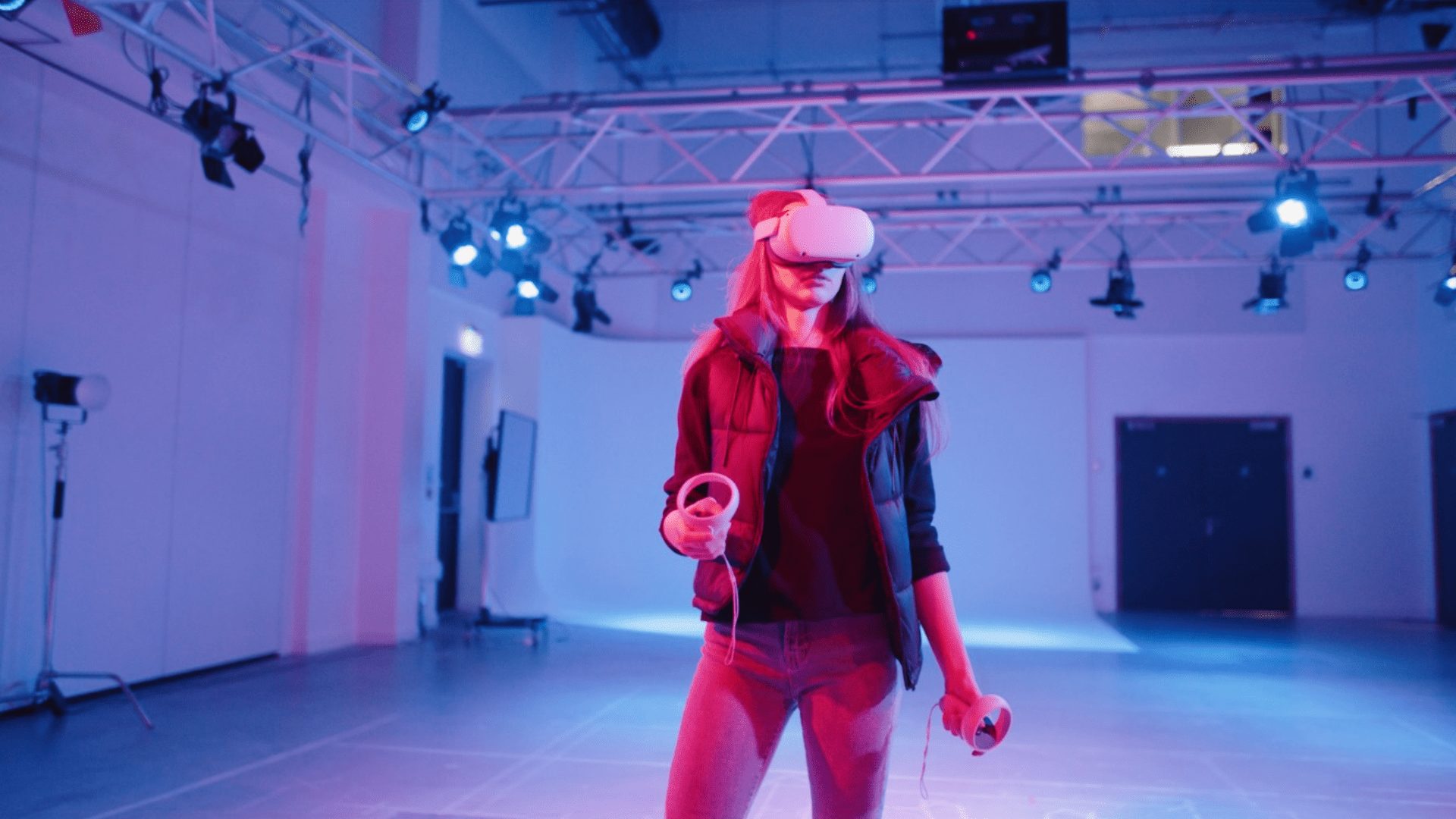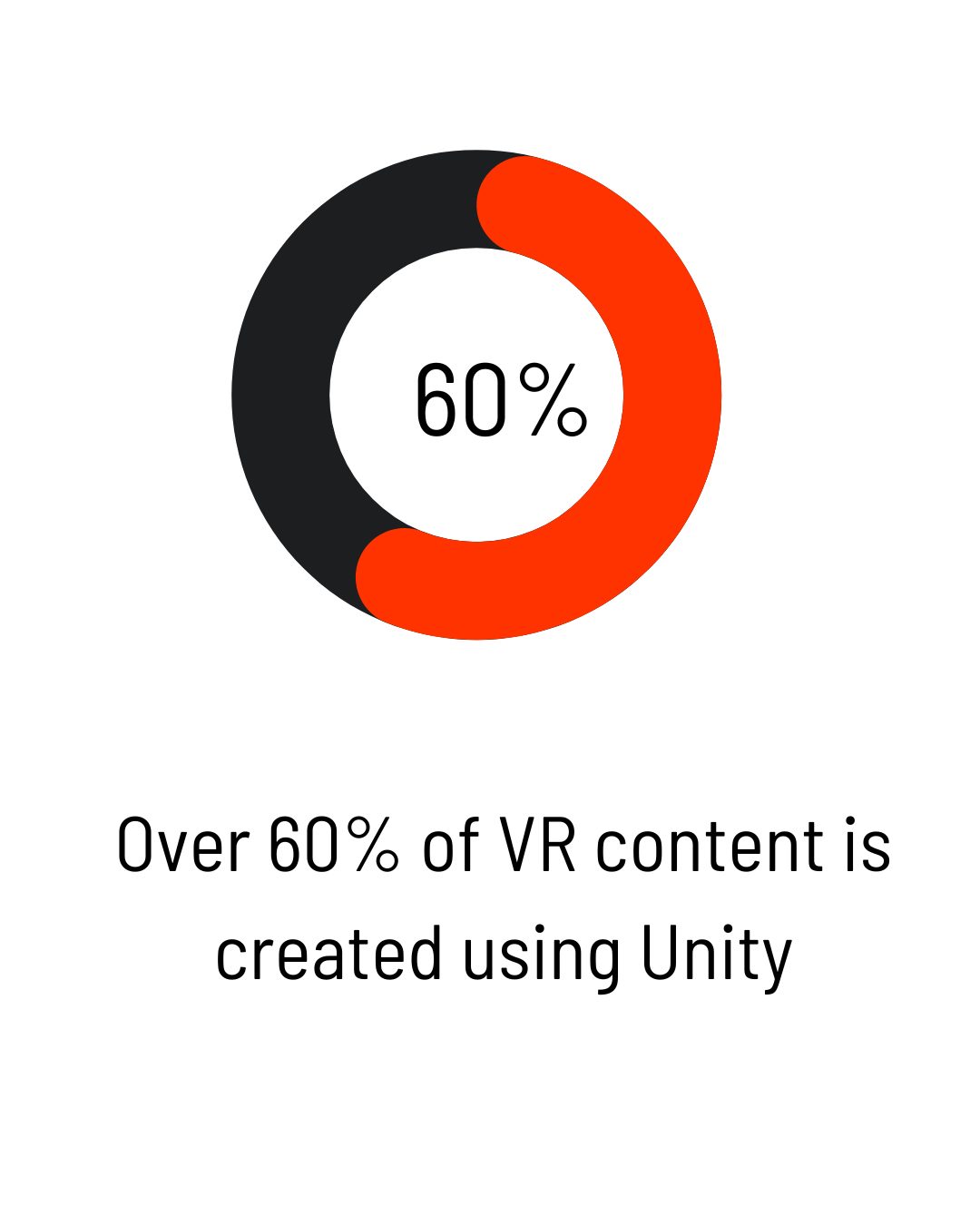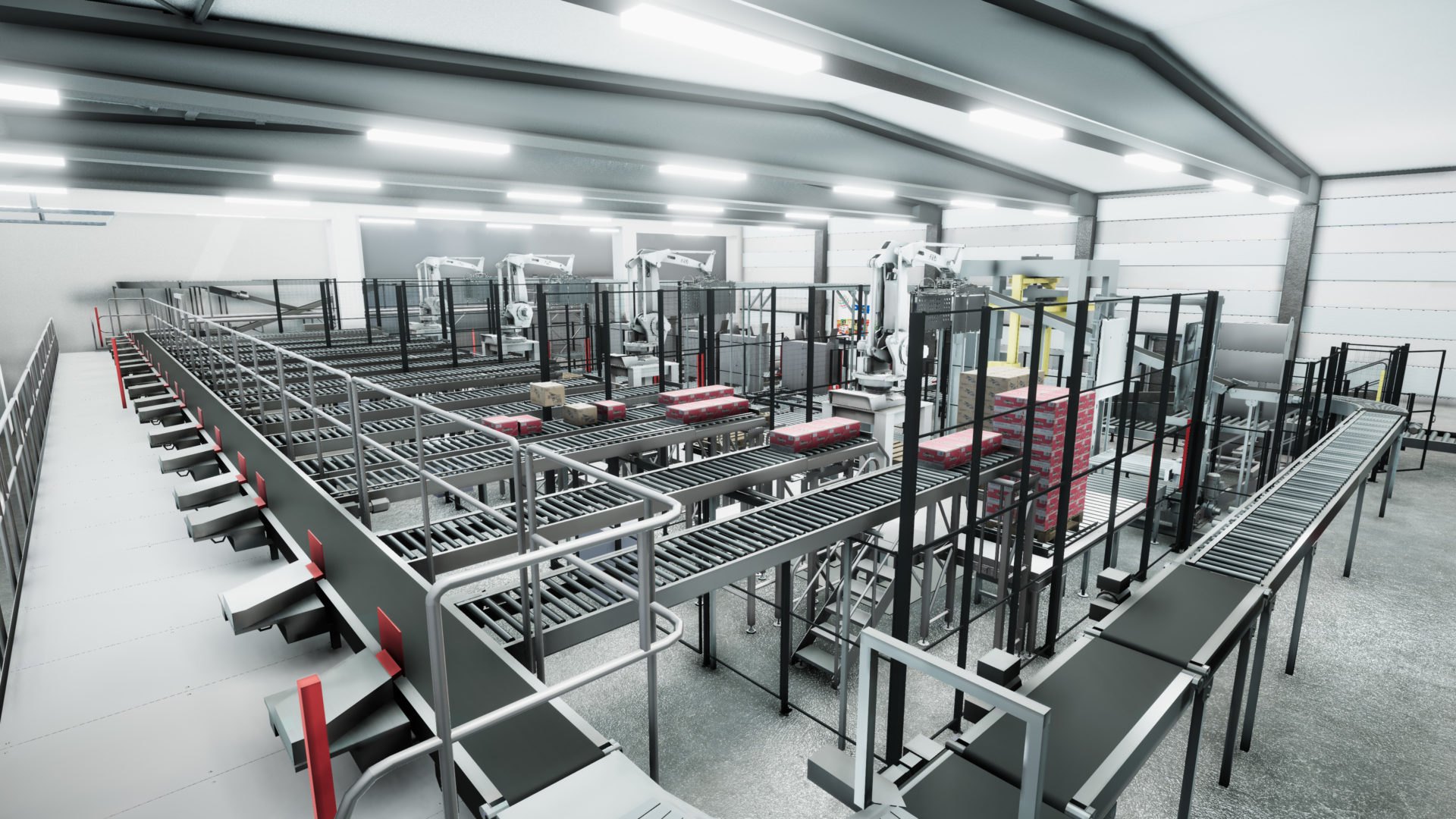
What is VR Training?
VR (Virtual Reality) training is where users enter a virtual world where they can immerse themselves in lifelike simulations and get hands-on experience familiarising themselves with various scenarios. For training purposes, this is ideal because users get to practise actions repeatably and safely.
VR Training is great for onboarding, training, and upskilling purposes and is fast becoming a popular form of training in industries where practical and technical skills are involved such as manufacturing, oil and gas, defence, aviation, healthcare and many more. Essentially, if there is a sequence of steps that trainees must follow, virtual reality employee training could be the perfect solution for your training needs.
How does VR training differ from traditional training?
Unlike traditional classroom training methods, VR training offers a fully immersive learning experience that gives trainees first-hand experience of situations where the senses are engaged, knowledge is retained effectively, and users can build muscle memory.
Traditional classroom-based training includes things like lectures, e-learning modules and shadowing people and observing on the job. This type of training whilst its informative, doesn’t physically prepare workers for situations they will encounter.
With VR, trainees can interact a virtual version of your work environment, make decisions in real-time and practice for as long as they need in a safe environment.

Why is VR training gaining popularity in the workplace?
VR Training is gaining popularity because users can be trained quickly, learn more effectively, and can do so from anywhere in the world. VR training solutions give trainees a hyper realistic and memorable experience, the closest to real-life experience that they will get.
The knowledge retained from VR experiences is well above that of traditional learning, with trainees retaining 75% of their knowledge through VR training, beating lectures (5%), reading (10%) and audio-visual learning (20%) by a landslide.
VR training not only benefits the learning and development of employees. Organizations can benefit from standardizing their training globally across multiple sites ensuring all employees receive high quality training whilst reducing training costs and resources.

How is VR training content created?
VR training content is created using software tools that enable the development of 3D virtual environments. Over 60% of VR content is made using Unity.
One of the biggest VR adoption barriers is the lack of high-quality training content available. Creating VR content is like creating a video game and it requires dedicated time and resources.
Here at Luminous, our content authoring tool, FLOW for Unity allows anyone to create high-quality virtual reality training content by simply dragging and dropping nodes (steps that represent individual movements) into a step-by-step sequence. It’s really that easy.
What are the benefits of VR training?
· You can simulate dangerous scenarios, without the risk
· Realistic environments can be created easily
· It’s much more cost effective than traditional training
· VR improves knowledge retention and recall
· VR is effective for all types of learners
· Training can be done remotely
· The user experience is engaging and enjoyable
· The innovative nature of VR shows you’re willing to invest in employees, meaning you become appealing to top talent
· Training effectiveness can be tracked and evaluated
Want to dive deeper into these benefits of VR training? We go into detail in this blog.
Examples of VR Training in Use across Various Industries
How is VR training making an impact in the world of work? From improving safety to building employee confidence, let’s look at some examples of VR training in use across a range of industries:

Manufacturing
VR manufacturing training can be used across the manufacturing industry in several ways. Digital twins can be used to create a virtual world that mirrors your factory and equipment exactly where employees can then familiarise themselves with the environments and learn how to operate complex machinery prior to working on it in real life. By immersing themselves in the virtual version of your facilities, when they do head out on the job, they’re prepared and know exactly what to expect.
VR manufacturing training can be great for assembly line training and working on equipment and the all-important daily checks…
When working with a leading food manufacturer, the importance of daily checks on sorting machines was crucial for their operational efficiency. We created bespoke VR training content for users to practice their daily checks and learn exactly what to look out for to ensure the machines run at peak performance.
This enables employees to get a better understanding of the environment and practice their responsibilities, reducing the risk of safety incidents and human error.
Oil, Gas & Energy
The Oil, Gas & Energy industry suffers from one of the highest employee fatality rates of any industry. Health and safety in this industry is therefore paramount and VR oil and gas training has a positive impact on the health, safety, and well-being of employees. By creating virtual scenarios of dangerous environments, employees can repeatably practice actions so that it becomes almost second nature to them, without exposing them to any actual risks and promotes a culture of health and safety.
We provide virtual reality training scenarios such as working at heights and hazard recognition that can help oil and gas workers safely prepare for the nature of their roles.
Medical
In an industry where specific procedures require a high amount of precision and care, VR medical training can be applied across a range of job roles in the medical industry. Surgeons, nurses and first responders can all benefit from VR medical training that replicates real life scenarios for dealing with specific procedures and situations.
Aviation
Safety is crucial in aviation and aerospace, making VR aviation training invaluable. From aircraft inspection training, cabin crew safety training, flight deck training, and aircraft maintenance, VR aviation training has a wealth of use cases across this industry to ensure safe and secure air travel for all.
VR aviation training can be used to simulate ground crew environments and take users through the necessary steps and precautions to ensure that planes are safe and ready for take-off, VR can similarly be used for inside the aircraft for cabin crew to make sure the in-flight precautions are taken for the aircraft. We have a video here of our Plane Engine VR Simulator, created to ensure the safety of plane engines before take-off.
Military & Defence
Military personnel face high-pressure and dangerous situations that can’t be predicted and therefore thorough preparation is key, and the use of VR defence training offers a learning experience like no other. VR defence training prepares teams for a range of scenarios, enhancing situational awareness and teamwork.
Trainees can train together as a unit and understand the impact that actions will have on one another as a team, practice weapon handling and familiarise themselves with military-specific environments like submarines and tanks to ensure readiness for any mission.
Automotive
In the automotive industry, technicians can improve their skills by using VR automotive training to diagnose and repair complex issues with vehicles. By working on virtual vehicles, technicians can improve their diagnostic abilities and hugely reduce their risk of errors when working on real vehicles. VR automotive training can also be beneficial to new engineers, who usually rely on observation of vehicle assembly. Now they can use VR automotive training to correctly assemble car parts and get the hands-on training they need.
Food & Beverage
Food and Beverage is one of the industries held to the highest regulatory standards with risks of contamination and foodborne illness proving potentially fatal, VR food and beverage training proves very useful in a food manufacturing environment.
VR food and beverage training can simulate food production environments, teaching employee’s proper hygiene practices, food handling procedures, and sanitation protocols, ensuring employees comply with food safety regulations, reduce the risk of error and safeguard consumer health.
Pharmaceutical
VR pharma training offers hands-on experience in laboratory settings, benefiting pharmaceutical professionals. Simulated environments allow trainees to conduct experiments, handle equipment, and follow protocols accurately. This immersive training enhances skills, improves efficiency, and minimizes errors in pharmaceutical research and development.
Construction
Construction workers are prone to working in environments that can be tricky and complex to navigate, which is where VR construction training comes in handy. From working at heights, equipment and machinery training and health and safety, VR can be used to simulate construction sites and hazardous scenarios.
Workers can use VR construction training to become familiar with safety protocols, identify potential hazards, and learn proper equipment usage, which improves safety awareness, reduces accidents, and ensures compliance with industry regulations.
We’ve worked with Morgan PLC using Leap Motion and Hand tracking to simulate hazards and ensure safety when operating with circular saws.
Maritime
In maritime operations, VR training enhances safety and preparedness for ship personnel. Simulated scenarios replicate navigation, mooring, and emergency procedures, allowing staff to gain experience in a risk-free environment. This immersive training improves decision-making and ensures the safety of individuals and crew members at sea.
For example, crews can train for emergency procedures like fire drills to man-overboard scenarios, preparing them to respond quickly and effectively in any crisis.
Implementing VR Training in the Workplace
How can businesses overcome challenges in adopting VR training technology?
While the benefits of VR training are substantial, there are some challenges that businesses may encounter. These challenges might be initial investment costs, technical limitations, and employee resistance to change. These challenges can usually be rectified in a successful pilot project with proper training and support.
What steps are involved in implementing a vr training programme?
When implementing VR training programmes in the workplace, the key thing is choosing the right scenario for VR training and ensuring that the VR scenario is as similar to the real-world scenario as possible. Identifying and executing this properly can be done in three phases:
1) An Envisioning Workshop: An envisioning workshop is a dedicated brainstorming session involving key stakeholders to discuss important questions, define goals for VR training and create a roadmap for implementation.
2) A Strategized Pilot Project: Once the right training scenario has been decided a bespoke VR training scenario is created which is then used for the pilot project. Two groups will be assessed, one group will do training using traditional learning methods, whilst the other use bespoke VR training where results are recorded and analysed against each other. The outcomes will demonstrate the difference that VR training can make and its benefits.
3) The Official VR Training Roll Out: From the results of the pilot project, you can present the case to leadership, secure funding, establish the ecosystem for successful implementation and plan more training scenarios, with ongoing support at every stage.
Want to get started with a VR training pilot project? We run dedicated and specialised XR Envisioning Session to help you get started with your pilot project to help you prove the ROI of VR training.
What hardware and software are needed for VR training setups?
Here is an exact breakdown of everything you need for VR training:
· Desktop Computer
· A VR Training Programme
· Headsets and Motion Controllers
· A Learning Management System (LMS)
How much does VR Training cost?
High-quality VR Training isn’t cheap, but this is because so much specialist time and resources go into creating VR training. You need to consider instructional design, the creation of your VR content, the costs of a development team and sourcing and implementing the required hardware.
A VR pilot project can cost upwards from £5,000 whilst full-scale training solution development can start at around £50,000.
Are there any considerations regarding user comfort and safety with VR training?
Ensuring user comfort and safety when developing VR training content is essential. VR can take a while to get used to, if trainees haven’t used VR before they may experience things like motion sickness and eye strain. Make sure headsets fit correctly and staff take regular breaks. At Luminous, creating scenarios for user comfort and safety is key.
“The key to reducing motion sickness in VR training is delivering a constant high frame rate.
To enable this, we use techniques such as implementing level of detail (LODS), occlusion and frustrum culling and texture optimisation to keep a constant framerate of 72 FPS or above.
We purposely use teleporting which is where a user jumps from location to location instead of thumb stick movement. Thumb stick movement causes motion sickness for many users, as your eyes are telling you that you’re moving, but your brain knows you’re not. This constant acceleration and deceleration makes users feel nauseous.
We strive to make our applications safe environments, and by teaching users how to properly use VR, we feel we do that.”
– Phillip Watson, Technical Product Owner
The Future of VR Training
What advances can we expect in VR training technology?
As VR technology continues to evolve, the capabilities will only grow in terms of software sophistication, and content realism. Innovations such as haptic feedback gloves, eye-tracking technology, and AI-driven simulations are going to further enhance the immersive nature of VR training experiences, which will lead to more detailed and granular analytics of trainee performance.
Will VR training become more accessible and affordable for businesses?
As VR hardware becomes more affordable and user-friendly, VR workplace training will become accessible to businesses of all sizes. However, the cost of creating VR training scenarios will depend on the complexity of virtual environments and the amount of scenarios needed for businesses.
So, will v-learning become the new e-learning?
VR workplace training represents a huge shift in workplace learning, offering immersive training experiences like no other form of learning for skill development, risk mitigation, and operational efficiency. More businesses are beginning to embrace the transformative potential of VR technology, empowering their workforce to thrive in an ever-changing environment and build their skill sets.
Are you ready to revolutionize your training programs with VR? Chat with us to learn how our platform can bring you real-world results.